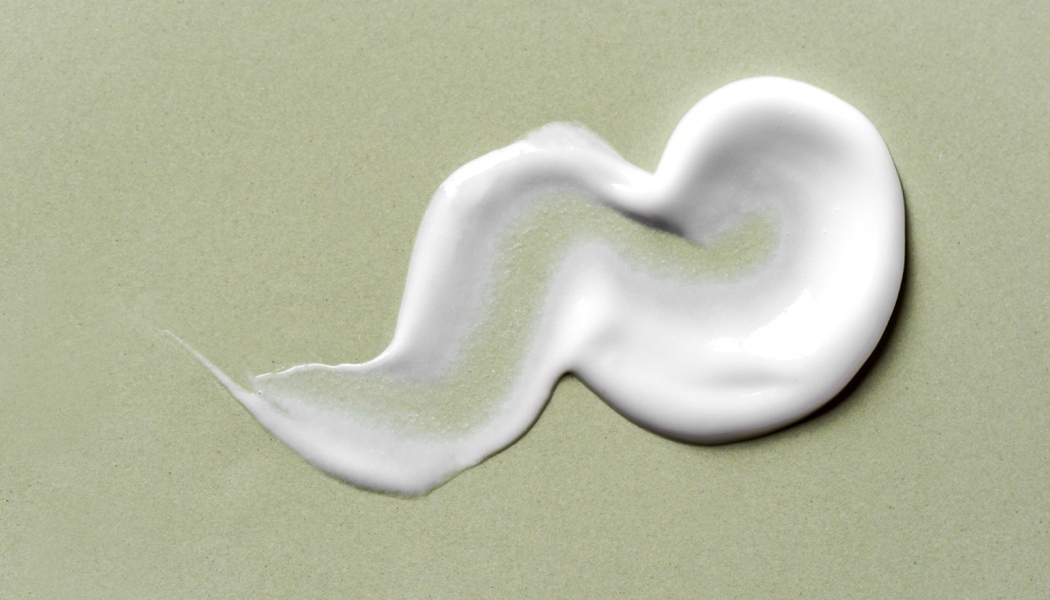As a reminder, an emulsion is made up of an external (or continuous) phase encompassing an internal (or dispersed/discontinuous) phase. For example, water droplets in oil or oil droplets in water. They are stabilised by emulsifiers (or particles in the case of Pickering emulsions), and can be white or tinted, single or multiple. The nature of the oils, glycols, gels and other raw materials determine their rheology, performance and sensoriality.
Nanoemulsions are emulsions with nanometre-sized droplets as their dispersed phase. They are produced using low energy processes or more frequently high energy processes such as sonicator or HPH (high pressure homogenizer).
Using ultrasound or high-pressure tubes, the nanoemulsion is formed starting from a conventional coarse emulsion. This technology is currently mainly used in skincare (oil-in-water emulsions) and enables the formulator to produce highly stable emulsions with good solubilisation potential for active ingredients. From a consumer point of view, products can be light iridescent lotions with a transforming texture, or creams like Evidens de Beauté’s Eclat cream, or ready-to-use active ingredients like Mibelle’s Nano-Lipobelle H-AECL [1].
In make-up, foundations are generally emulsions. Liquid or cream, in bottles or jars, they have been developed in sticks but mainly in anhydrous form. In Asia, they are used under the form of a mesh or sponge cushion. Today they take the form of a solid emulsion in stick or flat shape, as shown by the Armani’s Designer Essence-In-Balm Mesh Cushion Foundation.
The INCI reveals that water is the 1st ingredient. A judicious combination of emulsifiers, gels and waxes with different melting points seems to stabilise the formula in its packaging. For the consumer, this represents a new frontier of sensoriality on application: freshness, tenfold and prolonged hydration, adaptation to all skin types.
In addition to these two types, microemulsions and well-known trends such as the valorisation of liquid crystals, could we expect to see Pickering foundations stabilised with microorganism co-products in the future, like Cosmax in 2022? [2] Or water-free emulsions? Emulsions inspired by the food industry, such as ice creams (which also contains suspensions and foams)? Inspiration for formulators is multiple and comes not only from raw materials but also from instrumentation.

